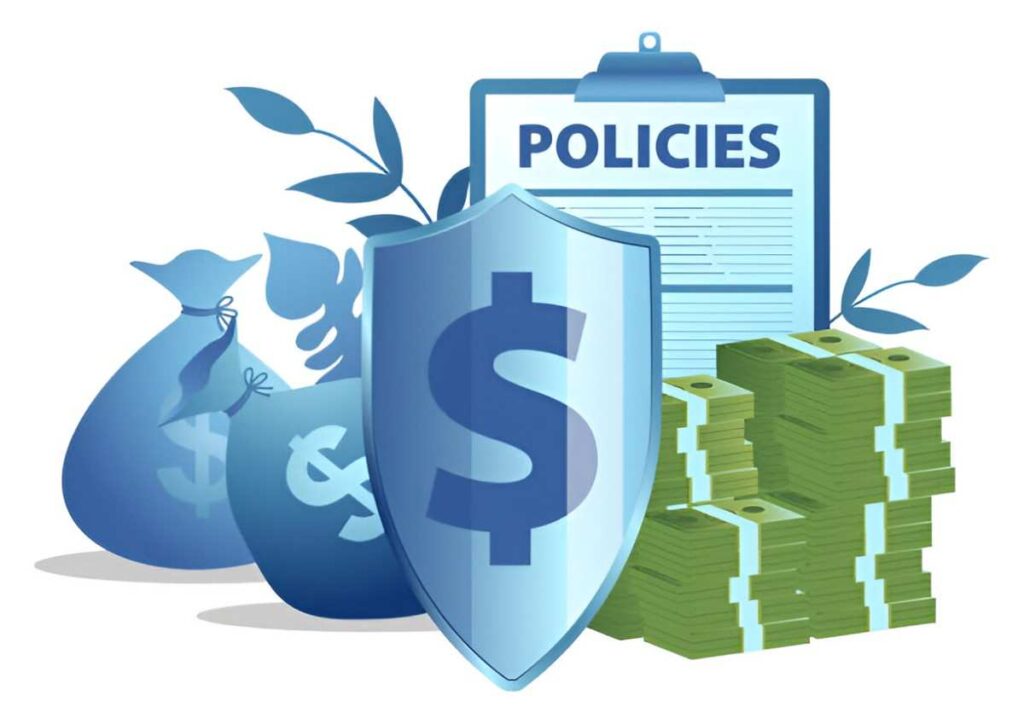When I first heard the term no-claim bonus, I assumed it was just another insurance jargon. But as I dug deeper, I realized how much it impacts policyholders financially. If you’re new to insurance, especially auto or home policies, understanding no-claim bonuses can save you hundreds—or even thousands—of dollars over time. In this guide, I’ll break down everything you need to know, from how it works to how you can maximize its benefits.
Table of Contents
What Is a No-Claim Bonus?
A no-claim bonus (NCB) is a discount or reward given by insurance companies to policyholders who do not file any claims during a policy term. Think of it as an incentive for being a low-risk customer. The longer you go without making a claim, the higher your discount becomes.
How Does It Work?
Insurance companies assess risk. If you don’t file claims, they see you as less likely to cost them money in the future. As a result, they reward you with reduced premiums. The exact structure varies between insurers, but most follow a sliding scale.
Here’s a typical NCB progression in auto insurance:
| Claim-Free Years | Discount (%) |
|---|---|
| 1 | 20 |
| 2 | 30 |
| 3 | 40 |
| 4 | 50 |
| 5+ | 60 |
For example, if your annual premium is \$1,000, a 50% NCB reduces it to \$500. Over five years, this adds up to substantial savings.
The Math Behind No-Claim Bonuses
To understand the financial impact, let’s break it down mathematically. Suppose:
- Initial annual premium: P = \$1,200
- NCB increases by 10% each claim-free year, capped at 50%.
After five claim-free years, your adjusted premium (P_{adj}) would be:
P_{adj} = P \times (1 - 0.5) = \$600If you maintain this for a decade, you’d save:
Total\ Savings = (P - P_{adj}) \times 10 = \$6,000This shows why insurers encourage NCBs—it keeps low-risk customers loyal while reducing their own payouts.
Factors That Affect Your No-Claim Bonus
Not all claims are equal. Some incidents may not affect your NCB, while others reset it entirely. Here’s what you should know:
1. Type of Claim
- At-fault accidents: Usually void your NCB.
- Not-at-fault accidents: Some insurers protect your NCB if another driver was responsible.
- Glass/windshield claims: Often treated as separate and may not impact NCB.
2. Policy Terms
- Protection add-ons: Some insurers offer NCB protection for an extra fee, allowing one claim without losing the discount.
- Lapse in coverage: If you switch insurers or let your policy expire, you might lose accumulated NCB.
3. State Regulations
In the U.S., insurance rules vary by state. For example:
- California prohibits insurers from penalizing drivers for not-at-fault claims.
- Texas allows insurers to adjust rates based on claims history, including NCB.
Real-World Example: How NCB Impacts Premiums
Let’s compare two drivers over five years:
| Year | Driver A (No Claims) | Driver B (One Claim in Year 3) |
|---|---|---|
| 1 | \$1,200 (20% NCB) | \$1,200 (0% NCB) |
| 2 | \$960 (30% NCB) | \$1,200 (0% NCB) |
| 3 | \$840 (40% NCB) | \$1,500 (Claim filed) |
| 4 | \$720 (50% NCB) | \$1,200 (0% NCB) |
| 5 | \$600 (60% NCB) | \$1,080 (20% NCB) |
Total Paid Over 5 Years:
- Driver A: \$4,320
- Driver B: \$6,180
Driver B pays \$1,860 more due to one claim.
Common Misconceptions About No-Claim Bonuses
1. “All Claims Hurt My NCB”
Not necessarily. Some insurers offer accident forgiveness or exclude small claims.
2. “NCB Is Only for Auto Insurance”
While common in auto policies, NCB also applies to home, health, and even pet insurance.
3. “I Lose My NCB Forever After a Claim”
Most insurers reset your NCB, but you can rebuild it over time.
Strategies to Protect Your No-Claim Bonus
1. Weigh Small Claims Carefully
If the repair cost is slightly above your deductible, paying out-of-pocket may save more in long-term premiums.
2. Consider NCB Protection
For an extra \$50-\$100 per year, some policies let you keep your NCB after one claim.
3. Bundle Policies
Insurers often reward multi-policy holders with additional discounts, compounding your NCB savings.
The Future of No-Claim Bonuses
With telematics and usage-based insurance (UBI) gaining traction, NCB structures may evolve. Some insurers now offer:
- Dynamic NCB: Adjusts in real-time based on driving behavior.
- Pay-per-mile NCB: Discounts for low-mileage drivers.
Final Thoughts
Understanding no-claim bonuses helps you make informed insurance decisions. While avoiding claims isn’t always possible, knowing how NCB works ensures you maximize savings where you can. Review your policy, ask insurers about NCB rules, and always weigh the cost of a claim against potential premium hikes.





